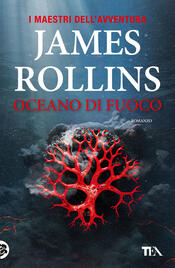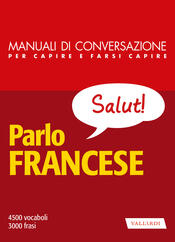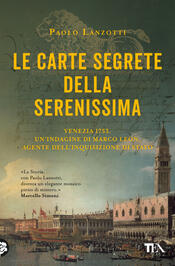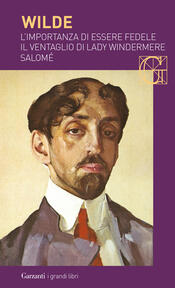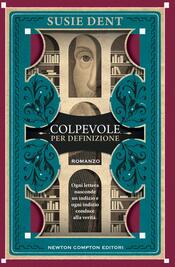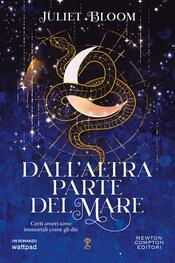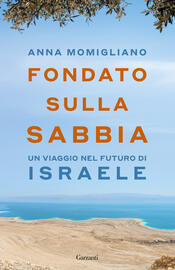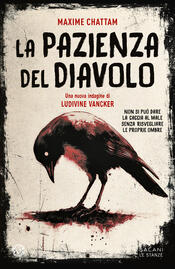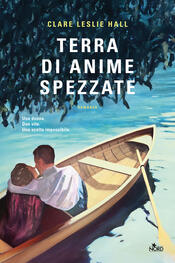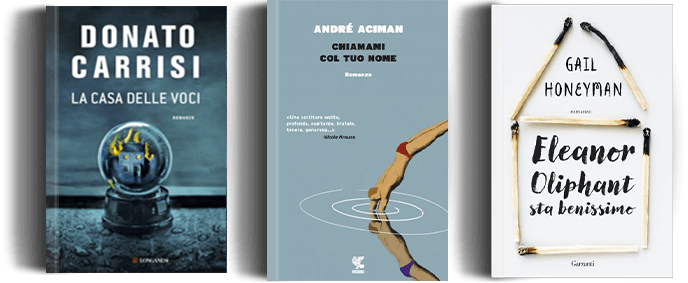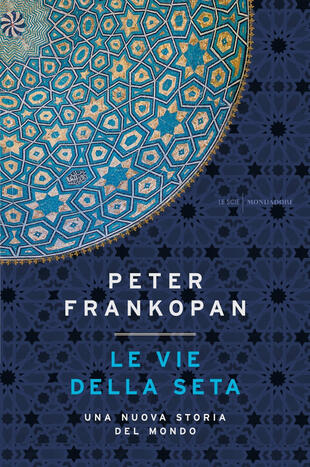

Sinossi
È universalmente noto che le prime grandi civiltà ebbero origine nella regione che si estende fra le coste orientali del Mediterraneo e l'Himalaya: qui, nella valle dell'Indo e in Mesopotamia, vennero fondate le prime grandi metropoli e edificati i primi vasti imperi. Non altrettanto noto, invece, è che questa stessa regione ha costituito per millenni il crocevia della civiltà. Lungo il suo fitto reticolo di strade che collegavano città costiere e remote località dell'interno, e che già a fine Ottocento prese il nome di «Vie della Seta», battute da mercanti, conquistatori, pellegrini e nomadi provenienti da ogni dove, si sono scambiate materie prime, merci e manufatti, ma anche morte, violenza e malattie, e soprattutto idee nei campi più disparati, dalla scienza alla filosofia; e lungo le sue rotte commerciali hanno visto la luce le grandi religioni (giudaismo, cristianesimo, islam, buddhismo e induismo), che, in paradossale antitesi con quanto accadde più tardi e continua ad accadere oggi, hanno convissuto a lungo in pace e armonia. In contrasto con la narrazione dominante che celebra il trionfo politico, culturale e morale dell'Occidente quale artefice e custode della «vera» civiltà, con il suo monumentale affresco Peter Frankopan ci invita a guardare alla storia con occhi diversi e a riconsiderare il ruolo cruciale svolto in passato da popoli e luoghi finora pressoché ignorati o relegati sullo sfondo, e in procinto di tornare prepotentemente alla ribalta. Se infatti nei secoli dell'età moderna le nuove vie d'acqua che hanno messo in contatto il Vecchio e il Nuovo Mondo hanno mutato gli schemi di interazione globale, spostando sull'Europa occidentale il baricentro politico ed economico mondiale, oggi risulta sempre più evidente che le Vie della Seta stanno per rinascere a nuova vita. Questa volta a percorrerle non saranno i tessuti, l'oro, il grano, i cavalli, gli schiavi, ma le immense ricchezze minerarie - petrolio, gas naturale e altre risorse energetiche - che hanno costituito la posta in gioco nel confronto fra le potenze nel corso del Novecento. E le drammatiche turbolenze che negli ultimi decenni hanno scosso la «spina dorsale dell'Asia», irradiando morte e smarrimento nel resto del pianeta, devono essere lette come i segnali dell'imminente ritorno del centro di gravità del mondo in quella che è stata per millenni la sua sede naturale. Se, come sostiene Frankopan, l'età dell'Occidente volge al termine, diventa più urgente che mai un radicale cambiamento di prospettiva che ci aiuti a comprendere la storia di queste popolazioni e di queste terre, per affrontare in modo consapevole e senza isterismi un processo che sembra ormai irreversibile.
- ISBN:
- Casa Editrice:
- Pagine: 725
- Data di uscita: 05-09-2017
Recensioni
Oh - I am really disappointed with this book! Maybe because I had very different expectations about it. I've read the title and the introduction by the author, and I thought that it was exactly what I want - to know more about the people of this region over the centuries. I wanted to find out about
This is the most unbiased and objective narration of history focussing on the rich history of countries on the old Silk Route. The aim was simple, somehow focus the spotlight of history back on this region instead of focussing on European and American historical version which seems to be widely prev Leggi tutto
This is a frustrating, though still useful, book. Historian Peter Frankopan's title claims this is "a new history of the world". He then proposes that what the world needs is to reorient its focus from Europe to "the silk roads", vaguely defined by him as "the region between East and West.. from the Leggi tutto
Simply stunning, a clear-eyed, convention-defying overview of human history. If you were to give an alien a single book to understand the large-scale building blocks of history, this would be an excellent choice. Comparing favourably with Yuval Noah Harari's blockbuster Sapiens due to its meticulous Leggi tutto
This book covers the history of the area known as the Silk Road since it was first used, by traders circa 200 years BCE, up to very recent times. I'd touched on some of this history before but Peter Frankopan comes at events from a slightly different angle: essentially, his premiss is that early civ Leggi tutto
Well written, well researched, interesting and original - all good points about a book that is excellent in parts. I enjoyed reading it, found much to be compelling and challenging to some of my own views, but at times I found this book frustrating. For all its excellence, this is less one book than Leggi tutto
Don't let the size of "The Silk Roads" daunt you. It's very readable. The scope is huge, geographically and over centuries, but Peter Frankopan keeps everything clear and moving along. I lack familiarity with the history, so I can't say whether his arguments, his judgements on history, are true -- an Leggi tutto
I like Frankopan's comparisons of events in Central Asia with those in the West. For example, he describes the development of the Islamic empire, from a peace treaty among tribes, to a mercenary alliance for shared plunder, much as the booty from raids on Spanish ships was divided up in Elizabethan
Citazioni
Al momento non ci sono citazioni, inserisci tu la prima!





